Hydroponics in cold weather?
pjcampo
12 years ago
Related Stories
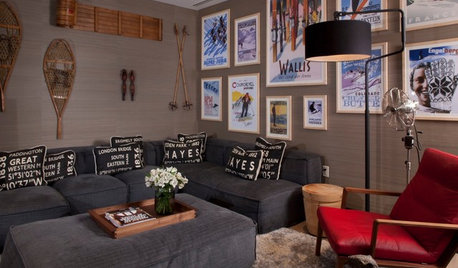
DECORATING GUIDESCold-Weather Sports Gear Heats Up Interiors
Skis, snowshoes and other wintertime sports equipment pieces are sliding off the slopes and into the home
Full Story
SHOP HOUZZShop Houzz: Comfort Meals for Cold Weather
Dine in with fondue, raclette or a nice hot bowl of soup
Full Story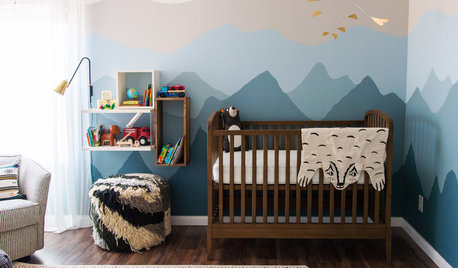
NURSERY IDEASRoom of the Day: An Ombré Nursery Inspired by a Cold-Weather ‘Babymoon’
A designer with a background in art paints a scene that her baby boy can grow up with
Full Story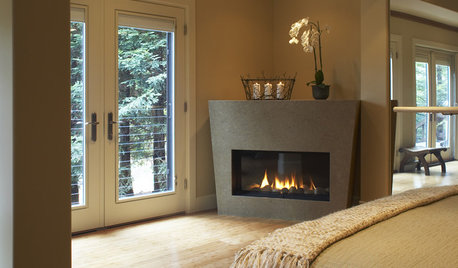
REMODELING GUIDESFall Fixes: Get Your Fireplace Cold-Weather Ready
Here's the low-down on what to check before lighting the hearth for the holiday season
Full Story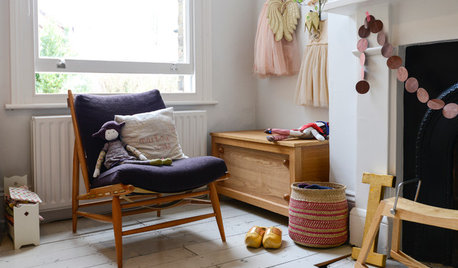
FEEL-GOOD HOMESimple Pleasures: Get Cozy on a Cold Day
Some things are best when the weather is bad. Heat up some cocoa and join the discussion
Full Story
HOUSEKEEPINGLower Your Heating Bills With Some Simple Weather Stripping
Plug the holes in your house this winter to make sure cold air stays where it belongs: outside
Full Story
WINTER GARDENINGExtend Your Growing Season With a Cold Frame in the Garden
If the sun's shining, it might be time to sow seeds under glass to transplant or harvest
Full Story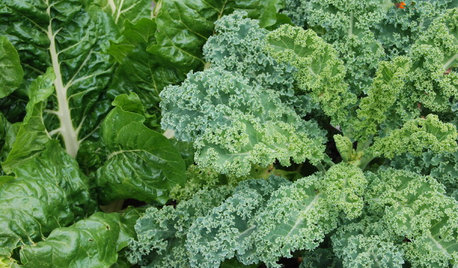
FALL GARDENINGFrost-Hardy Foliage That Loves a Cold-Climate Garden
When winter cuts a bleak swath through other plants, these edibles and perennials flourish brilliantly
Full Story
LIFEHouzz Call: How Are You Handling the Record-Breaking Cold?
Share your tales, strategies and photos for everything polar vortex
Full StoryMore Discussions







grizzman
homehydro
Related Professionals
Arnold Landscape Architects & Landscape Designers · Severn Landscape Architects & Landscape Designers · East Patchogue Landscape Architects & Landscape Designers · Ashburn Landscape Contractors · Deerfield Landscape Contractors · Dinuba Landscape Contractors · Gloucester Landscape Contractors · La Verne Landscape Contractors · Matteson Landscape Contractors · North Chicago Landscape Contractors · Pomona Landscape Contractors · St. Louis Landscape Contractors · Maplewood Landscape Contractors · Raytown Landscape Contractors · Ansonia Landscape ContractorspjcampoOriginal Author
homehydro
hardclay7a
homehydro
pjcampoOriginal Author
pjcampoOriginal Author
pjcampoOriginal Author
grizzman
pjcampoOriginal Author
grizzman